How to do TNVR
There are many more free roaming cats in Prince George’s County than the handful of mostly volunteer TNVR groups can possibly address. For this reason, we encourage you to consider doing TNVR on your own or preferably, with your neighbors before calling one of the groups listed on this page. Fortunately, doing TNVR is not difficult if you follow these simple steps.
Step 1 – Identify the food source of the cats. Someone is likely feeding them and your highest success will be achieved by trapping at their regular feeding site and ensuring the cats are not being fed while you are trying to trap. Obtain permission to trap on the property where you plan to trap.

Step 2 – Discuss your plans with neighbors. Be sure to let them know that you are helping to reduce the cat population in their neighborhood and address any specific concerns they may have. Identify any neighbors who may also be feeding the cats or have indoor/outdoor house cats that you do not wish to accidentally trap.

Step 3 – If possible, establish a feeding schedule at least two weeks before you plan to trap. The cats should be fed at the same time every day and food should not be left out for more than one hour at a time.
Step 4 – Make a list of all of the cats in the colony. The cats will need to be named for record keeping purposes at the vet’s office. This can be as simple as “Black and White #1.” Note a description of each cat so if someone does not show up on trapping day, you will know who is missing.
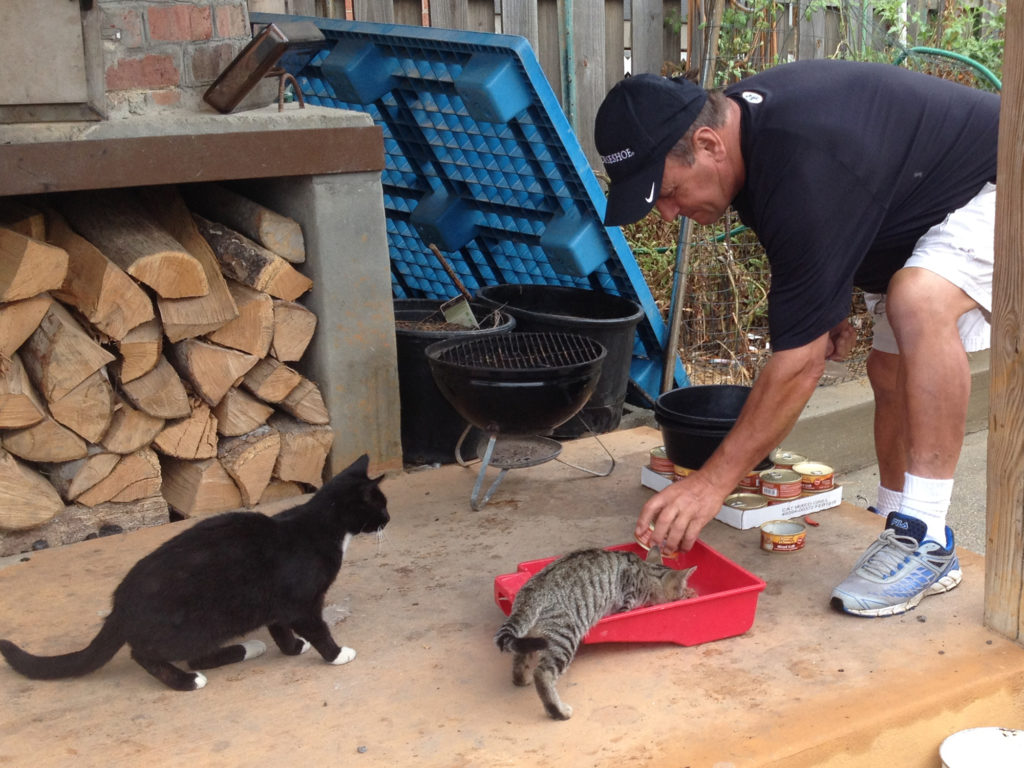
Step 5 – Plan your transportation to and from the vet. Be sure your car can fit as many traps in it as you plan to use. (You should try to trap all of the cats as once. Trapping piece-meal is MUCH more difficult.) Line your car with puppy pads for easy clean-up. Be sure you know when the drop off and pick up windows are, especially if you plan to make more than one trip.
Step 6 – Make an appointment at the vet. We recommend using a high volume, low-cost spay/neuter clinic. We recommend requesting: spay/neuter, rabies and distemper vaccinations, ear-tipping (removal of tip of left ear to mark it as sterilized), and pain medication. Deworming, flea treatment, and ear cleaning are also provided by many TNVR clinics. We do not recommend FIV/FELV testing.
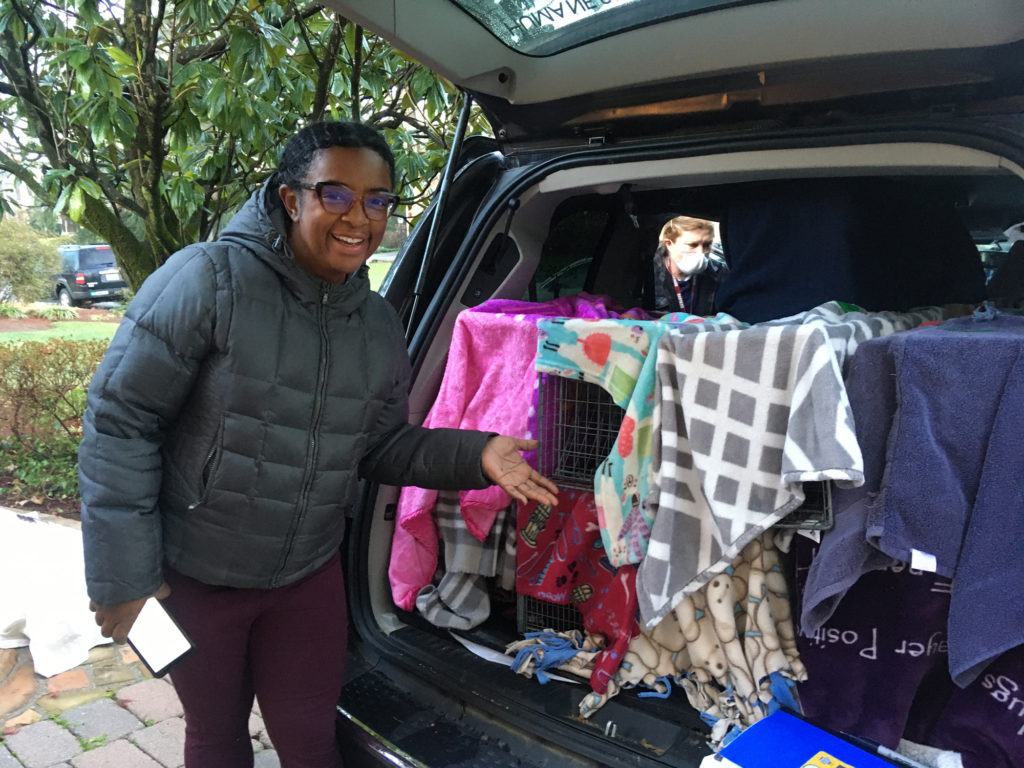
Step 7 – If you plan to trap in the evening, prepare a warm and predator free place to keep the cats overnight. We recommend covering the floor of your holding space with puppy pads for easy cleanup. This place will also double as your recovery spot.
Step 8 – Check out your traps from a trap bank. You’ll also need old newspapers and canned cat food, tuna, fresh chicken, or sardines. Variety can be helpful.
Step 9 – 24-36 hours before trapping, withhold food. Water should still be provided. Be sure everyone who feeds these cats is withholding food at this time as well.
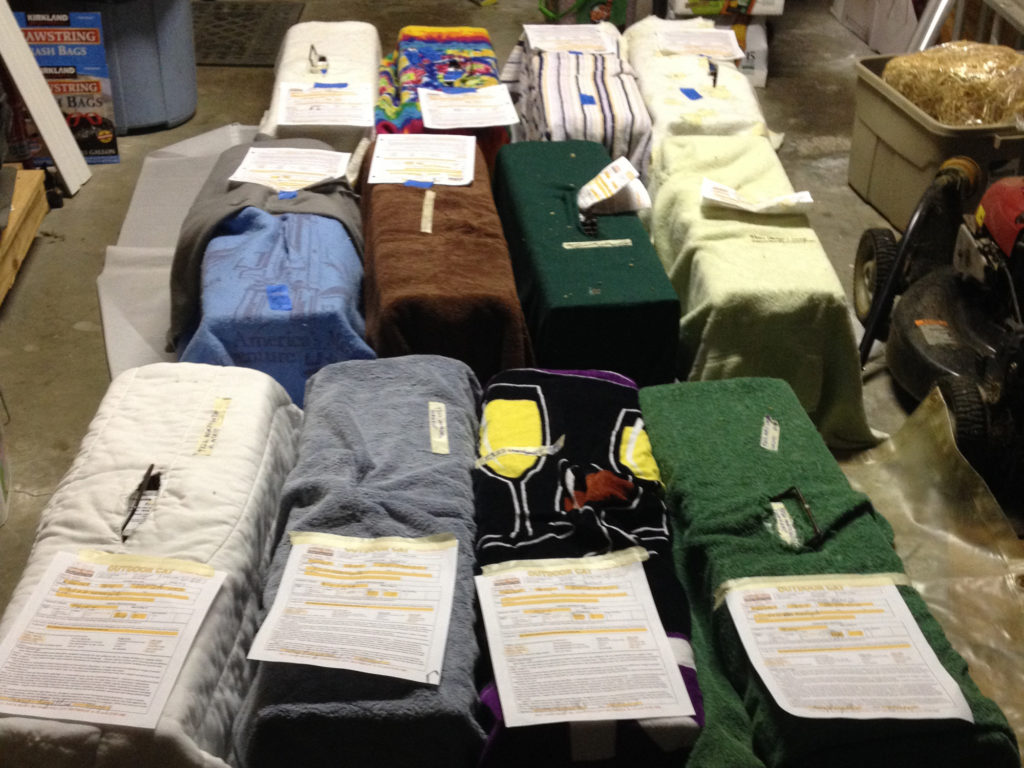
Step 10 – Line the traps with newspaper, bait them, and set the traps out about 1 hour before normal feeding time. Monitor traps through duration of trapping. Avoid placing traps out in direct sun or bad weather. Fully cover the trap once a cat has been trapped. Place cats someplace climate controlled and safe until their trip to the vet.
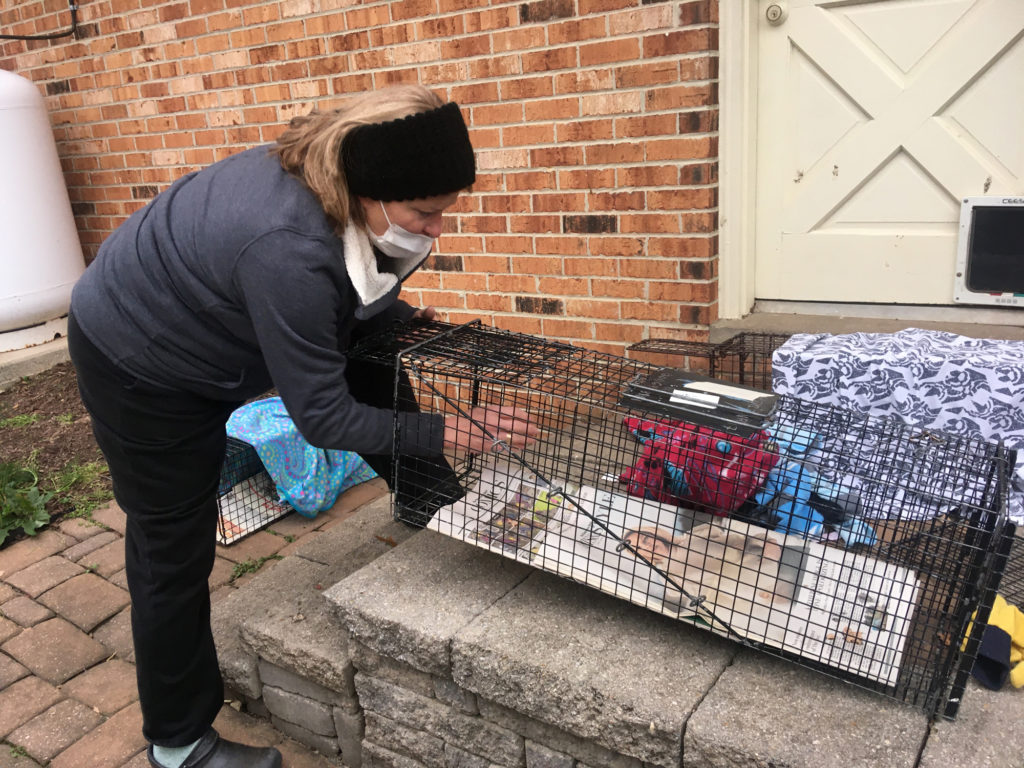
Step 11 – Drop the cats off at the vet for surgery.
Step 12 – Pick the cats up from surgery. If you pick them up same day as the surgery you should provide overnight recovery space to your cats in a climate controlled environment. They need 24 hours to work the anesthesia out of their system. The cats should remain covered in their traps during this time. They should also be provided food and water during recovery. Watered down wet food will provide both food and water.
Note: You should ask the vet if any of the females were lactating. If they were, those cats should be released immediately and not held over night.
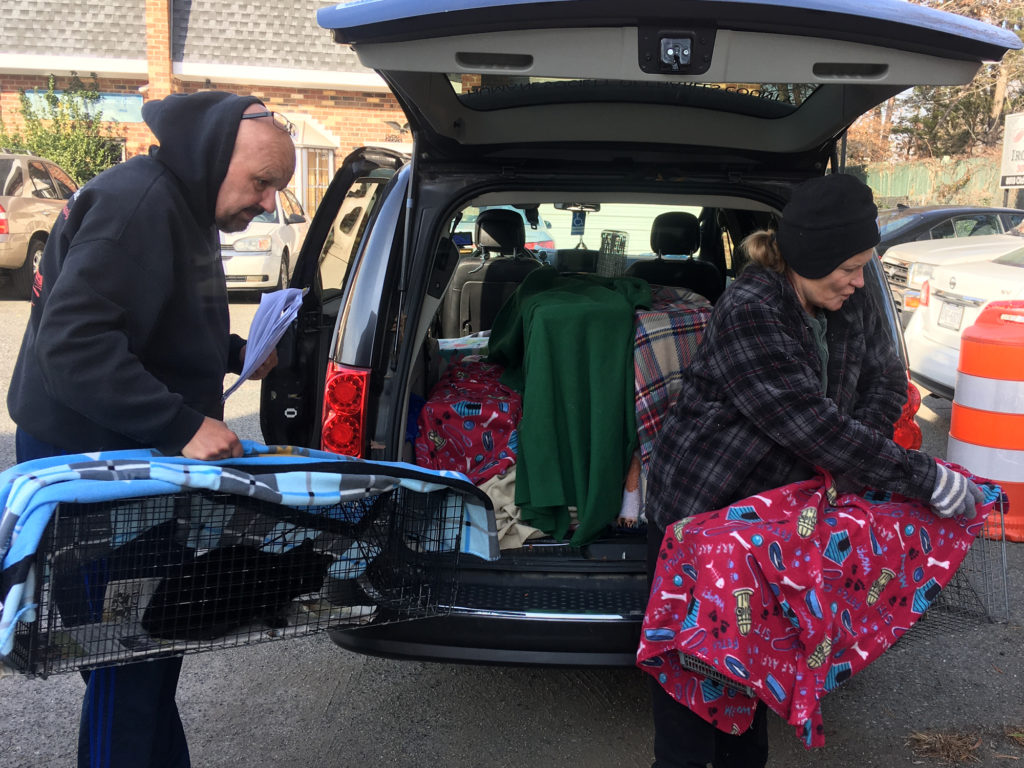
Step 13 – Release the cats in the same place where they were trapped. They may not come back for a few days but they will soon return all the better for their experience.
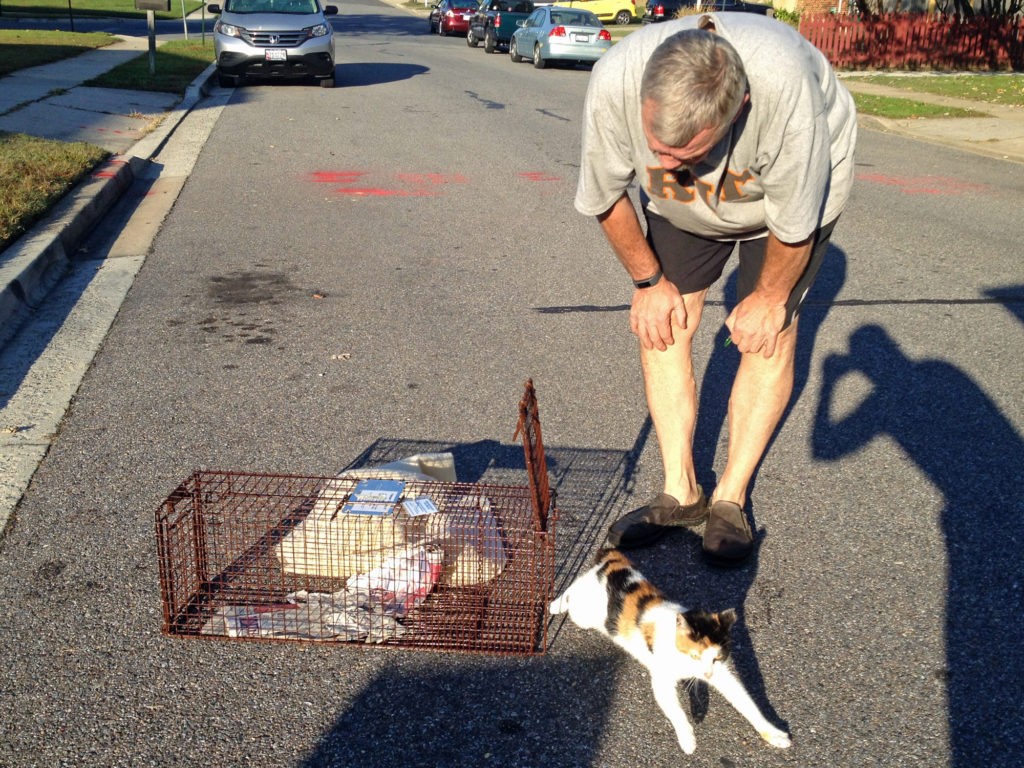
Safety Concerns
While not common, rabies is present in Prince George’s County. Avoid going near any cat that is acting strangely including signs of aggression (when not caged or cornered) or paralysis. See signs of rabies in cats. Ask for professional trapping help if you have concerns.
NEVER try to stuff an unsocialized cat into a carrier or trap by hand. This can result in you getting bitten or scratched and if the cat does not have a rabies certificate, things getting ugly for the cat.
Avoid feeding and trapping alone, especially after dark. Always use the buddy system.
